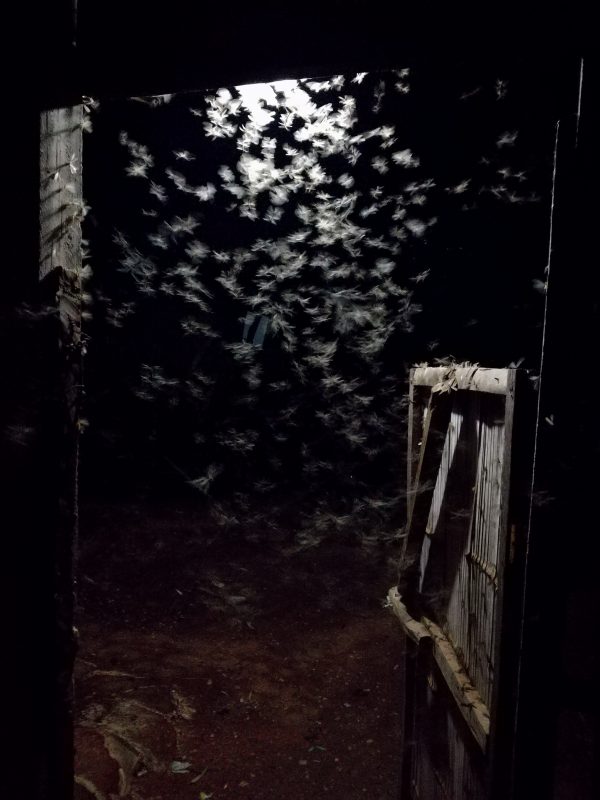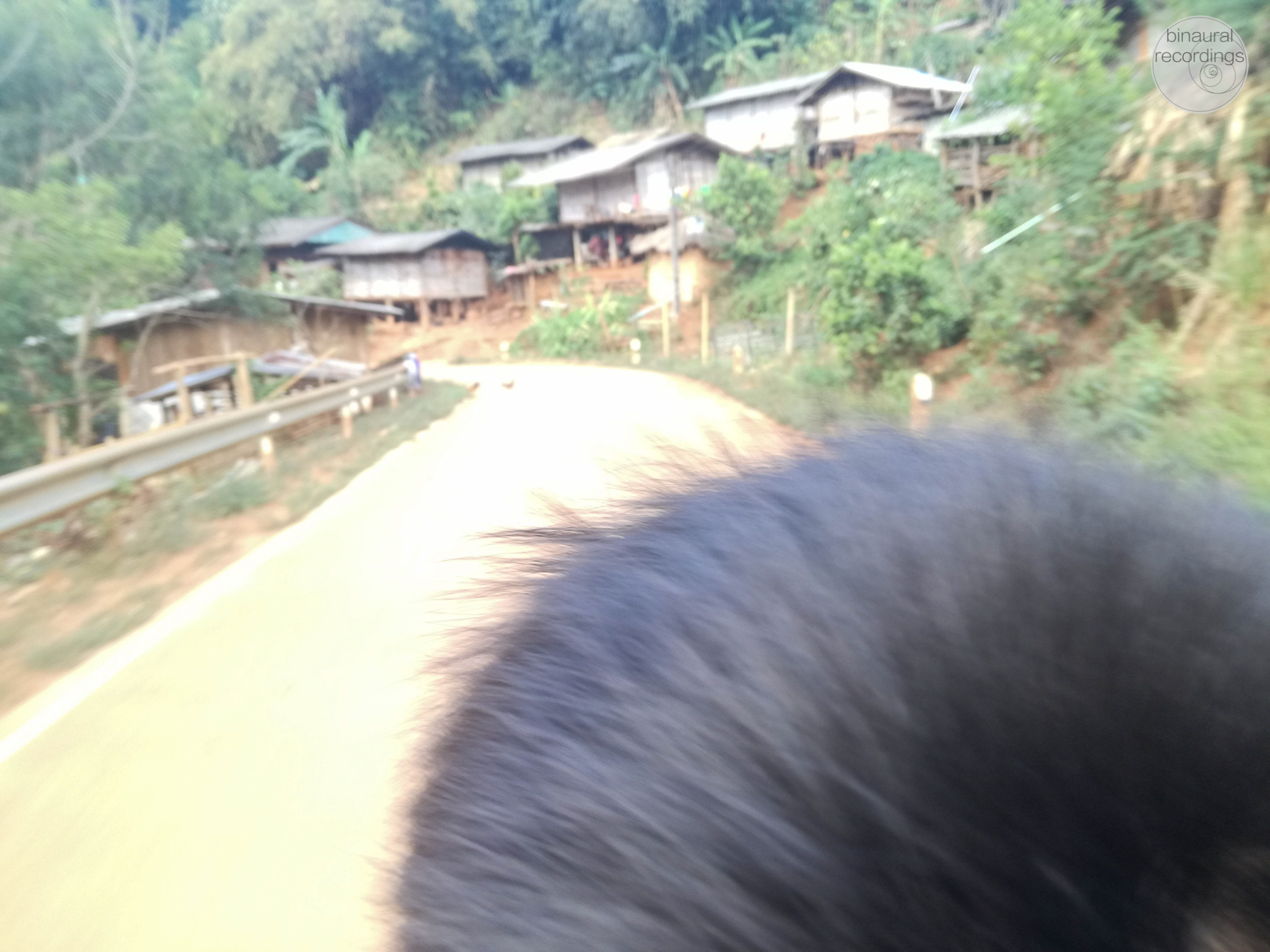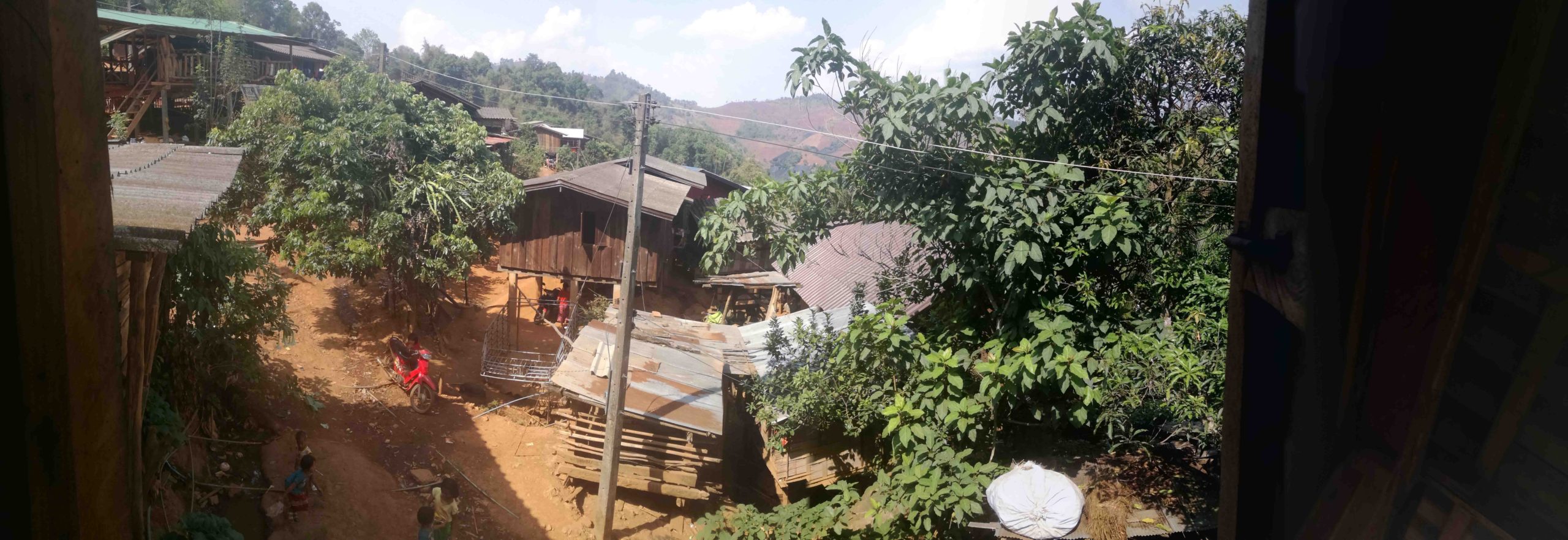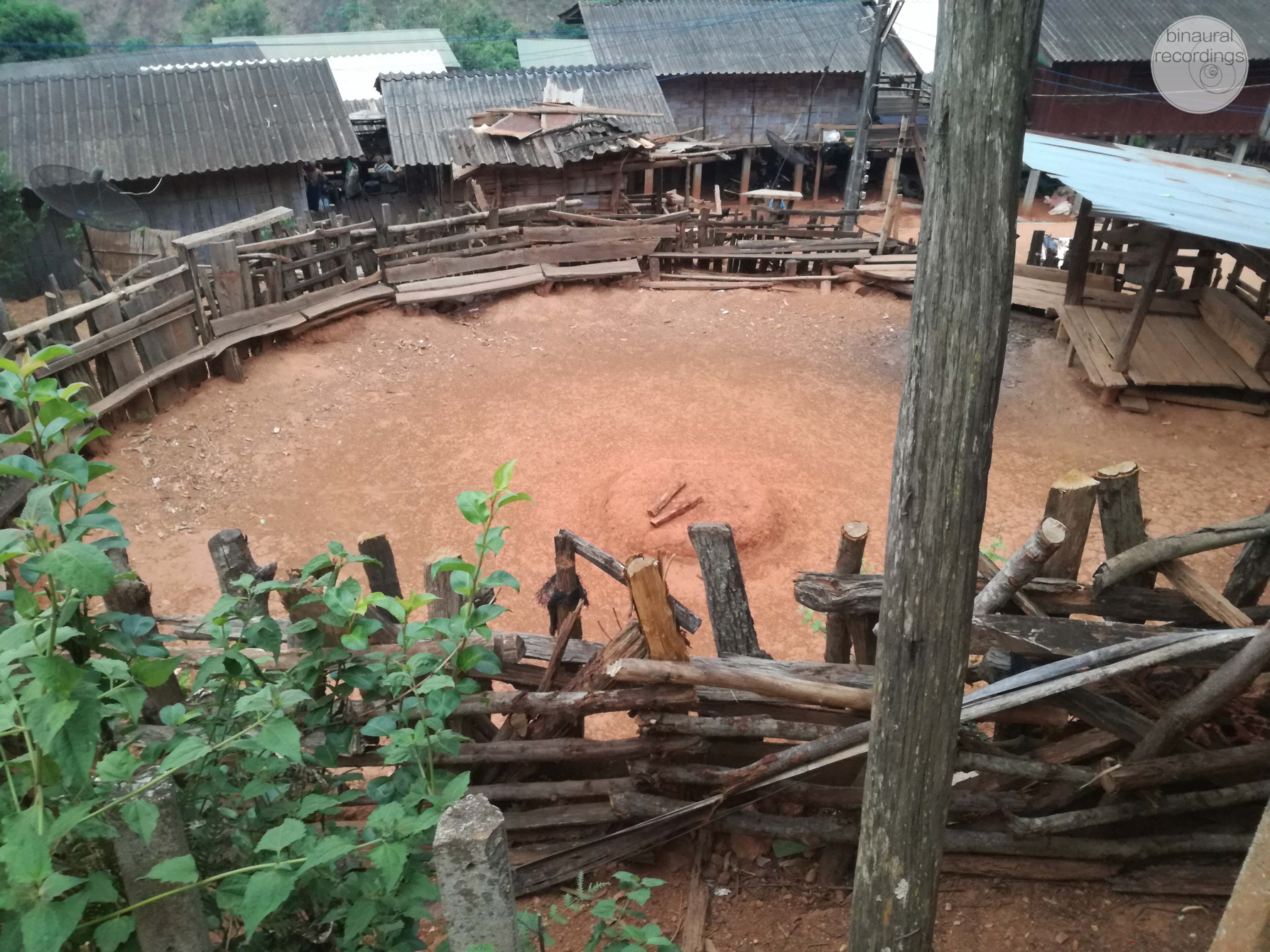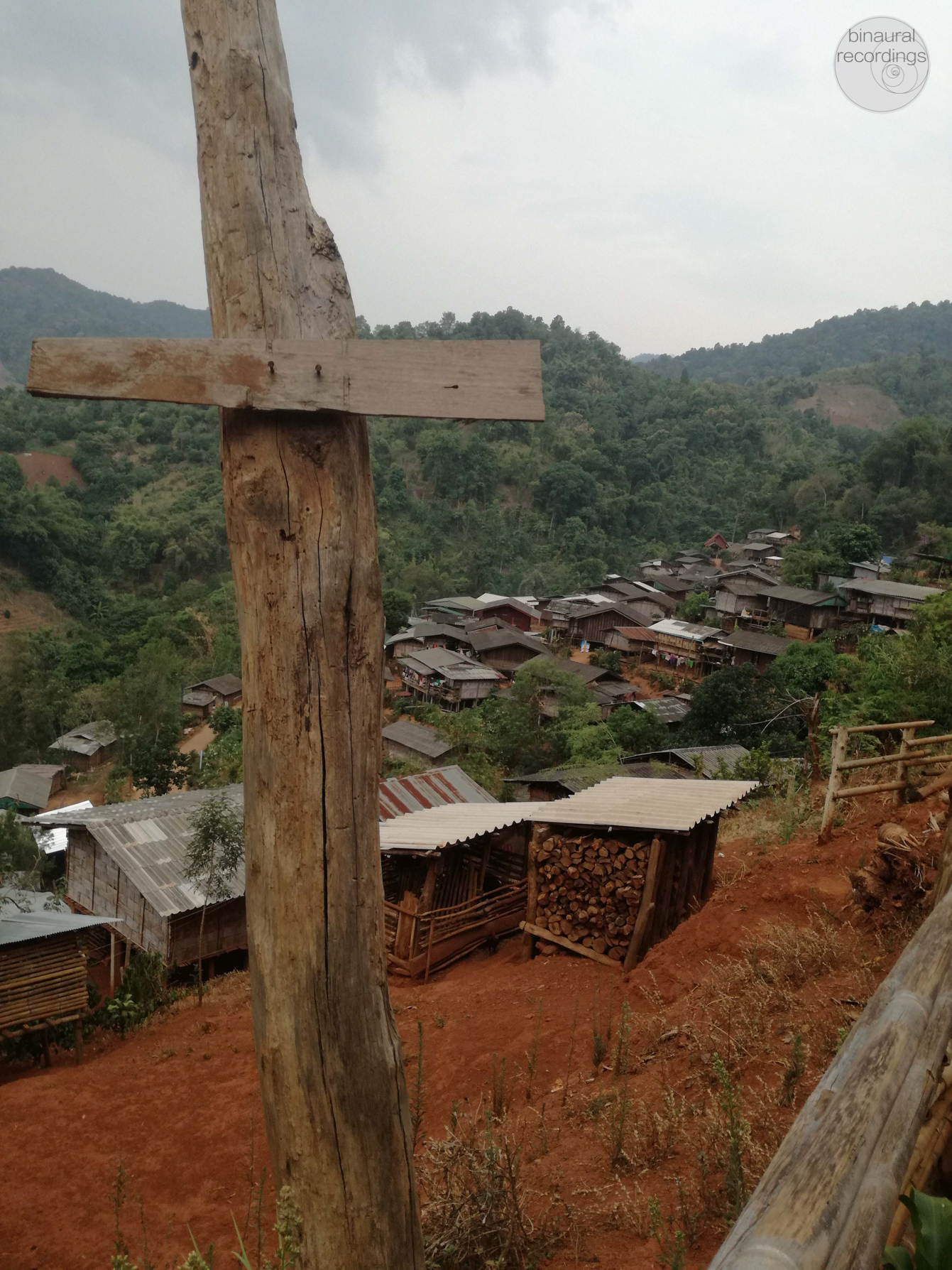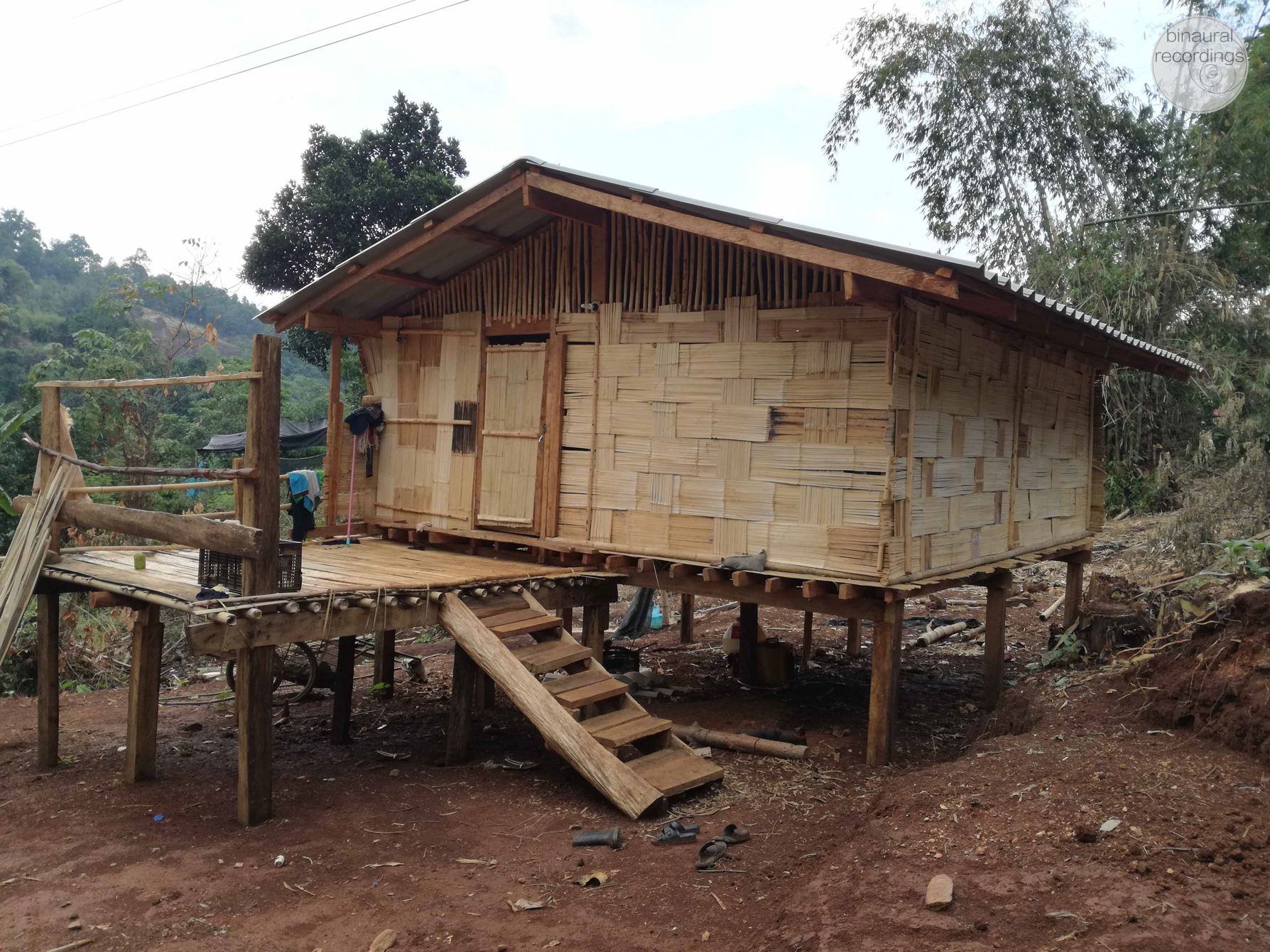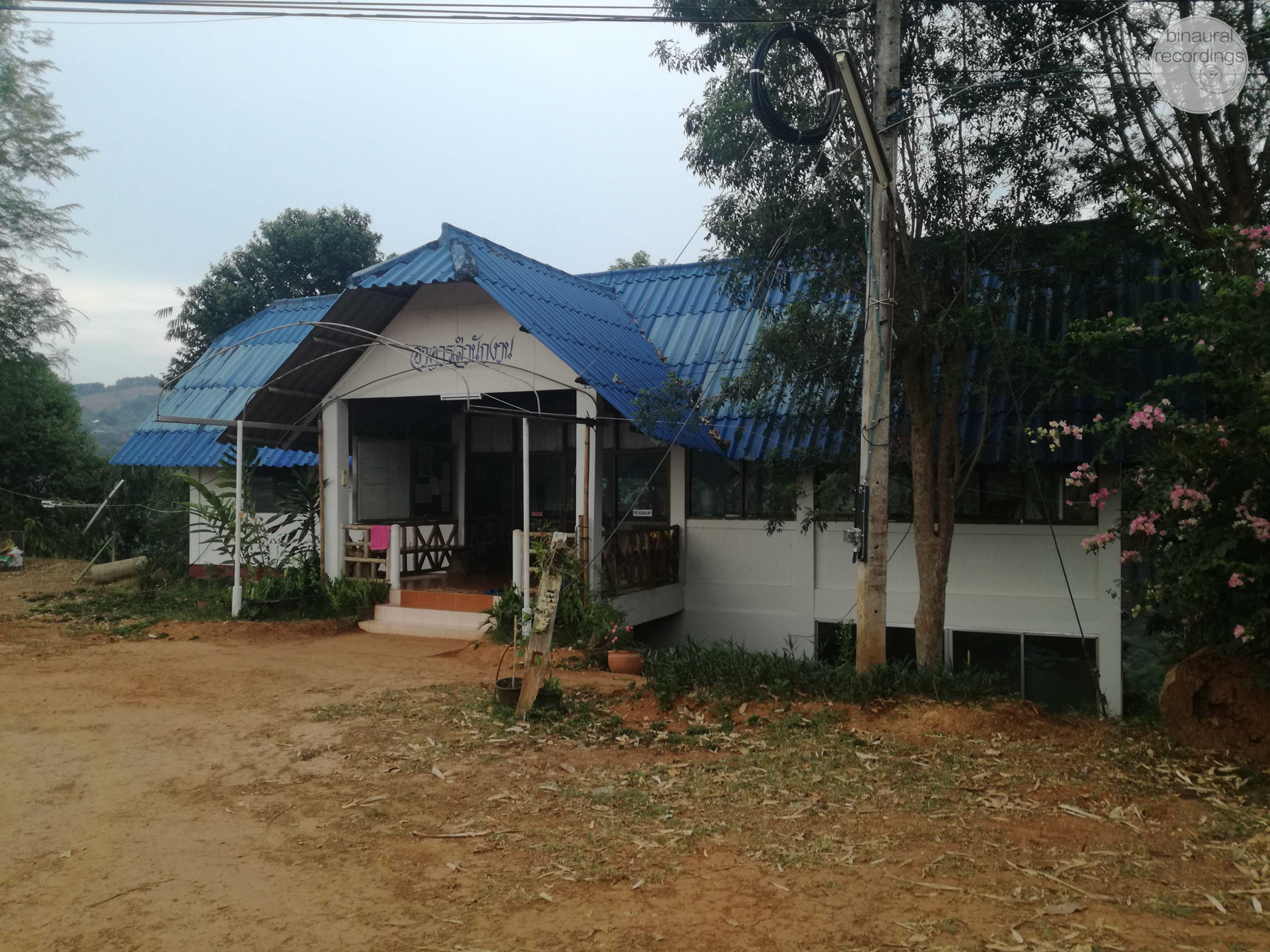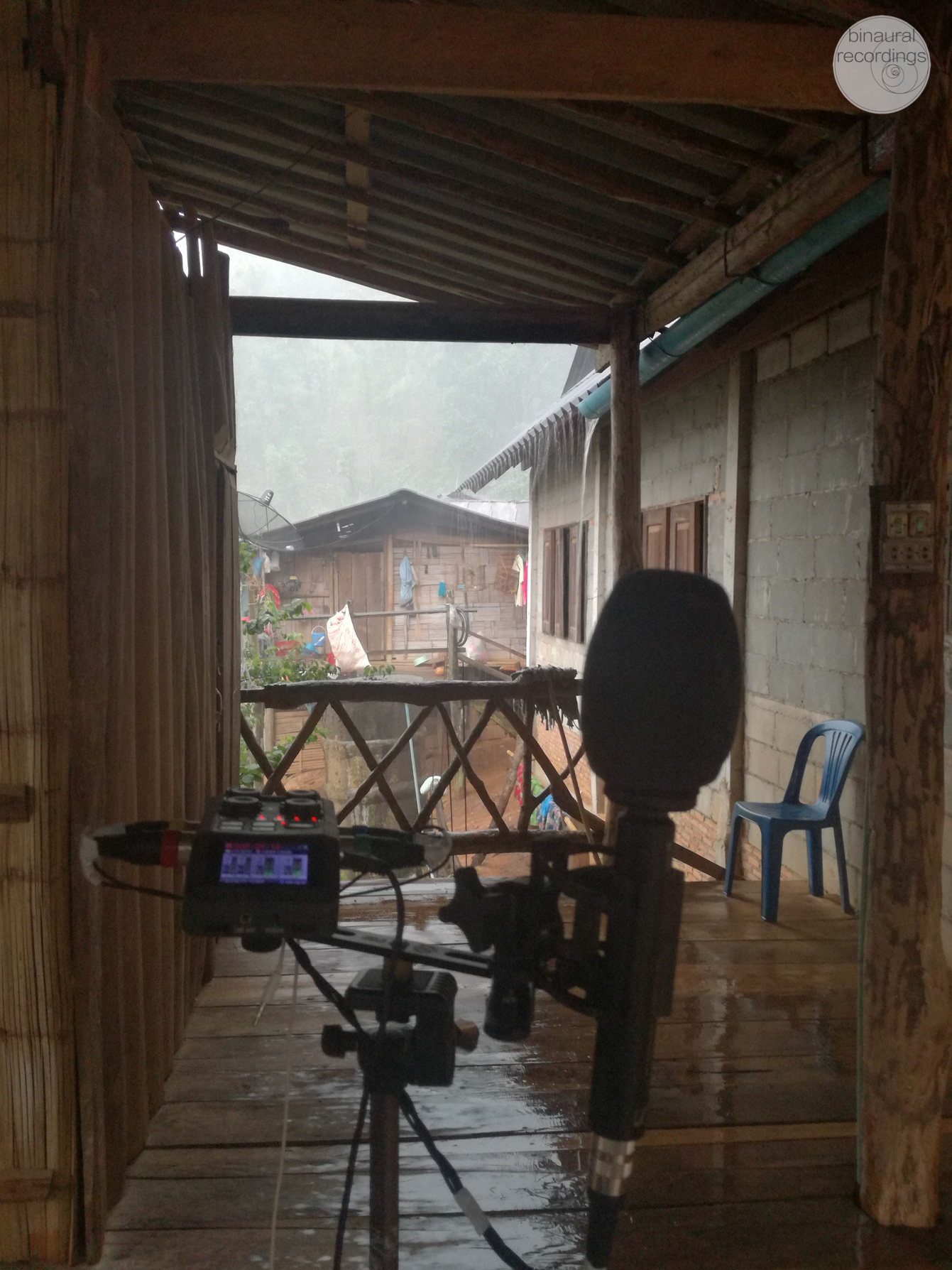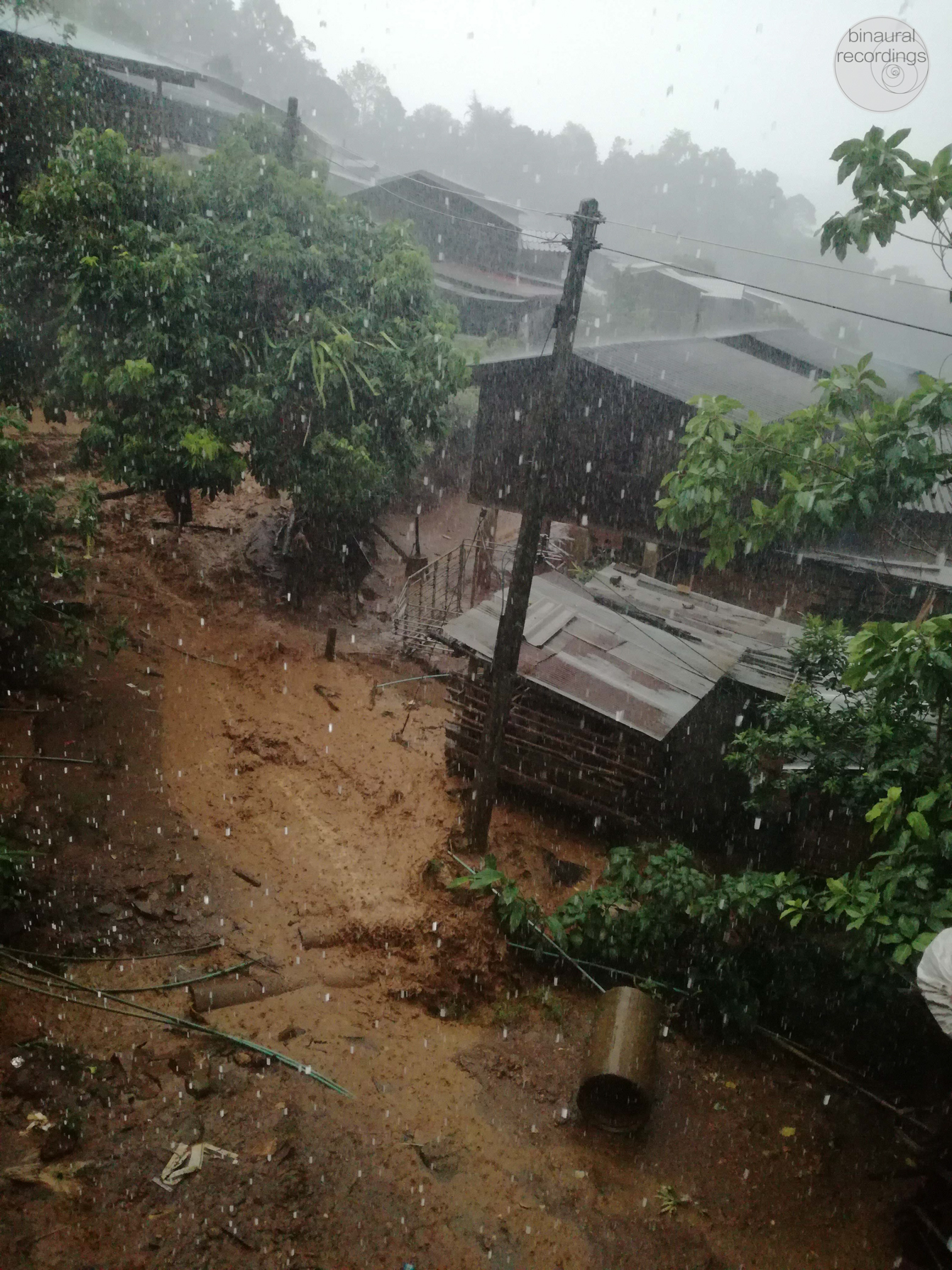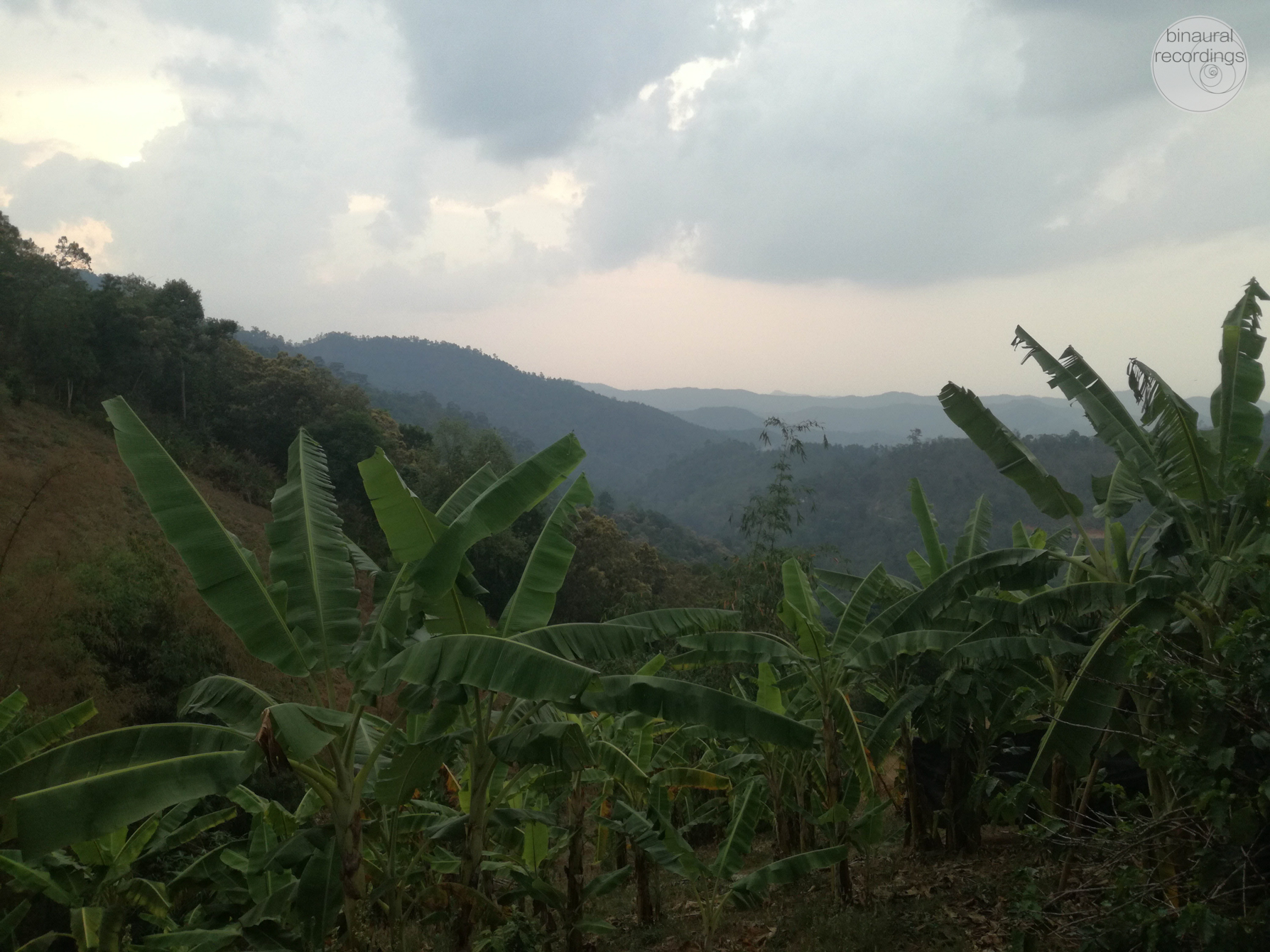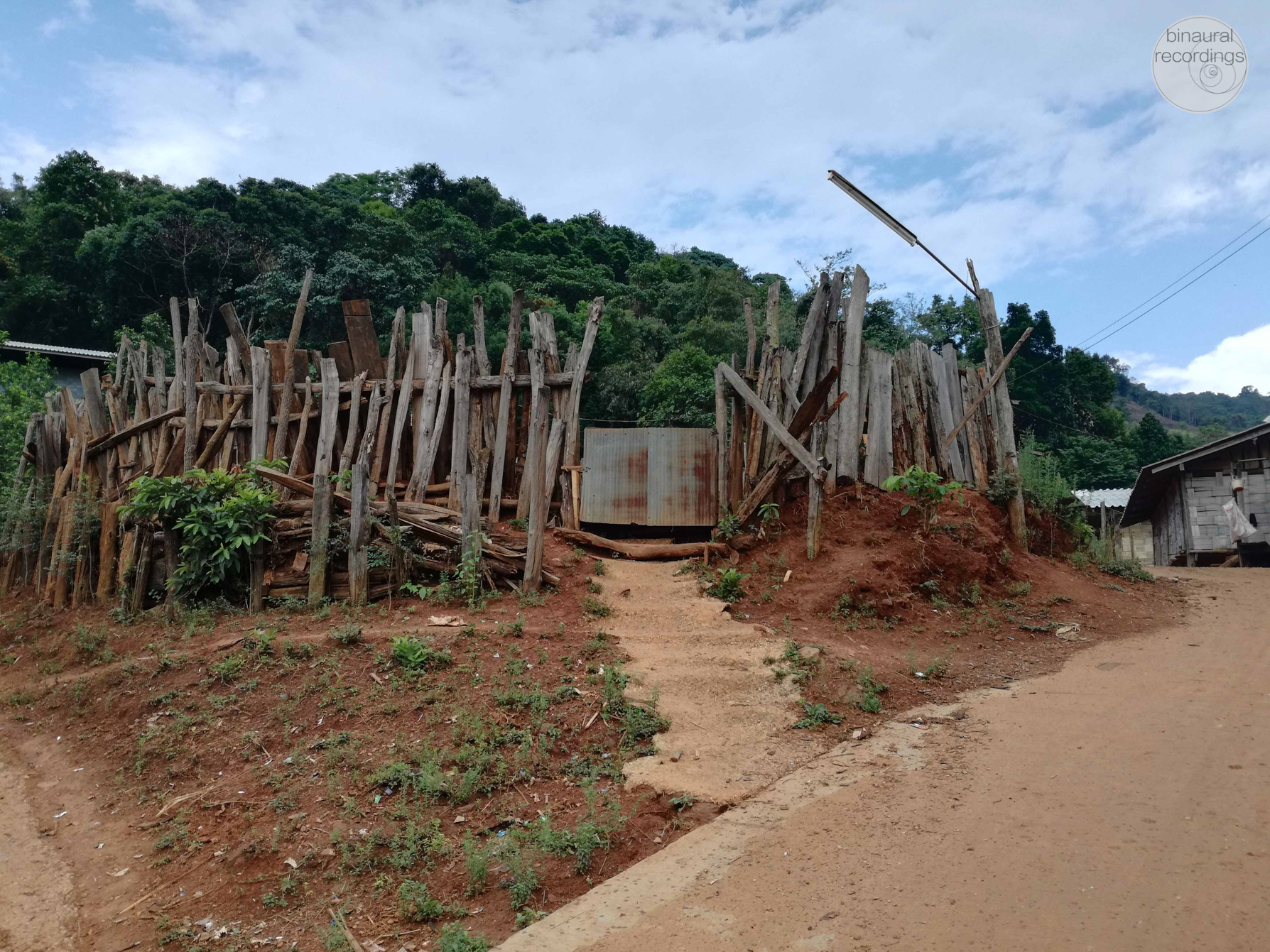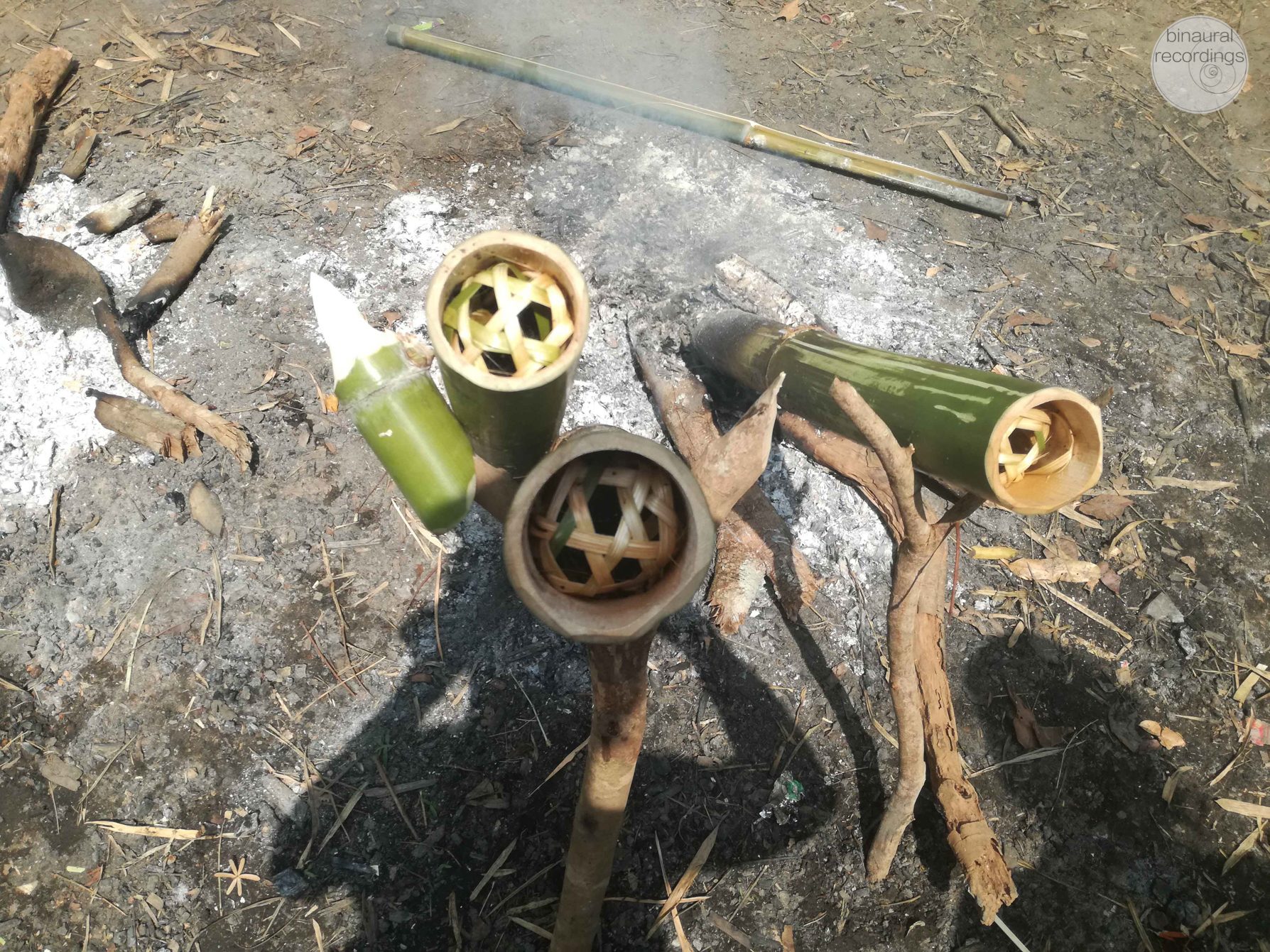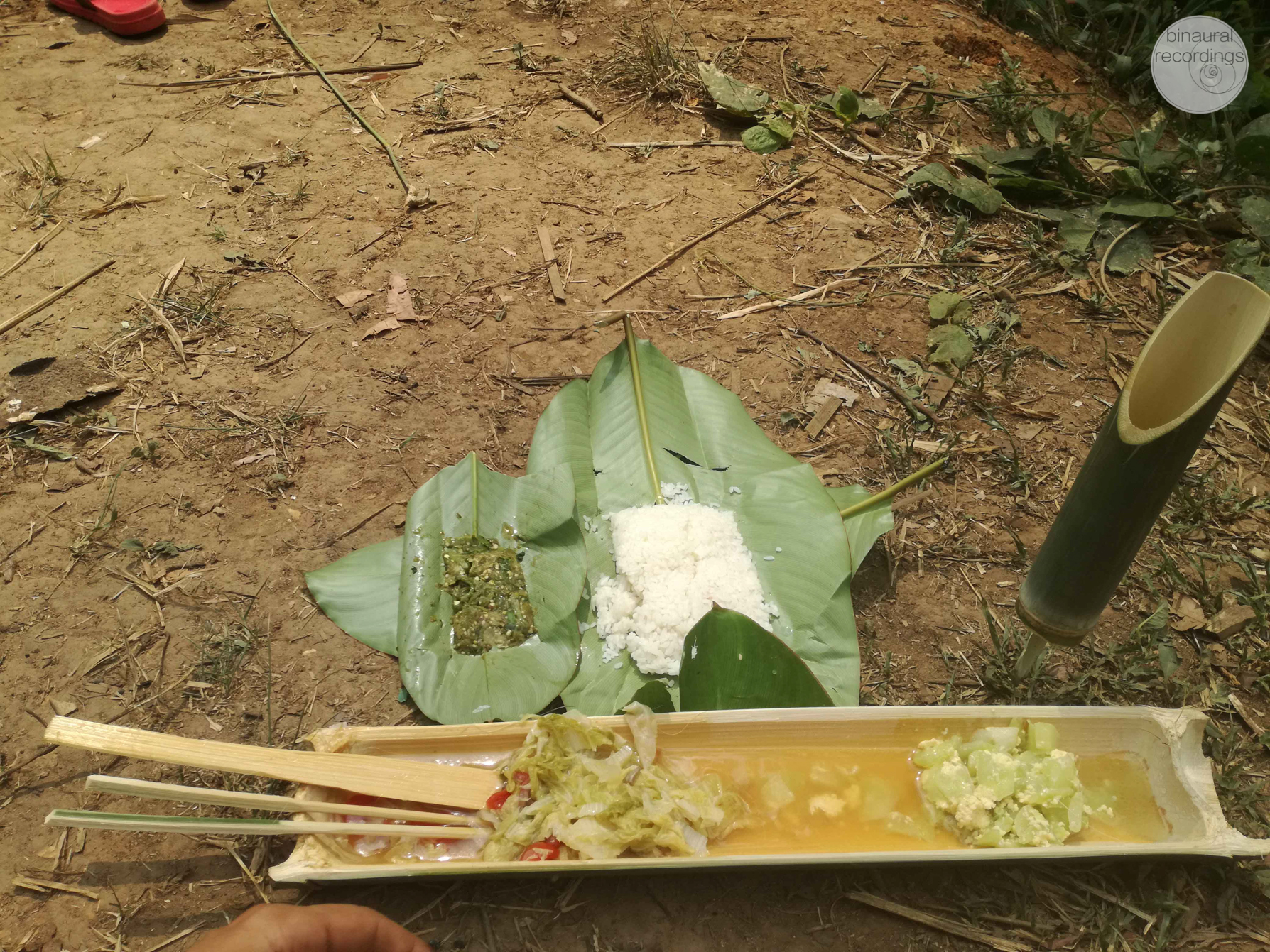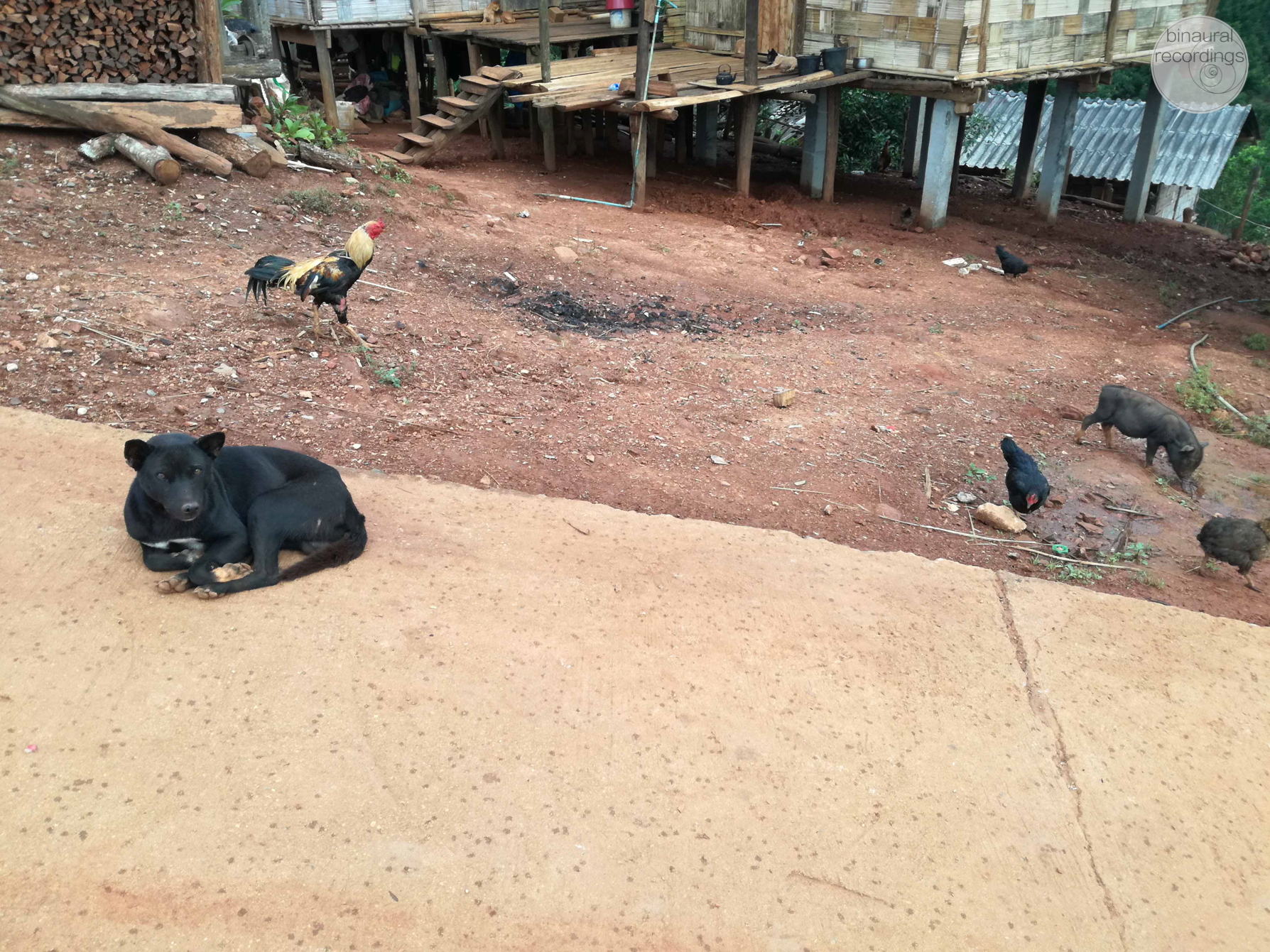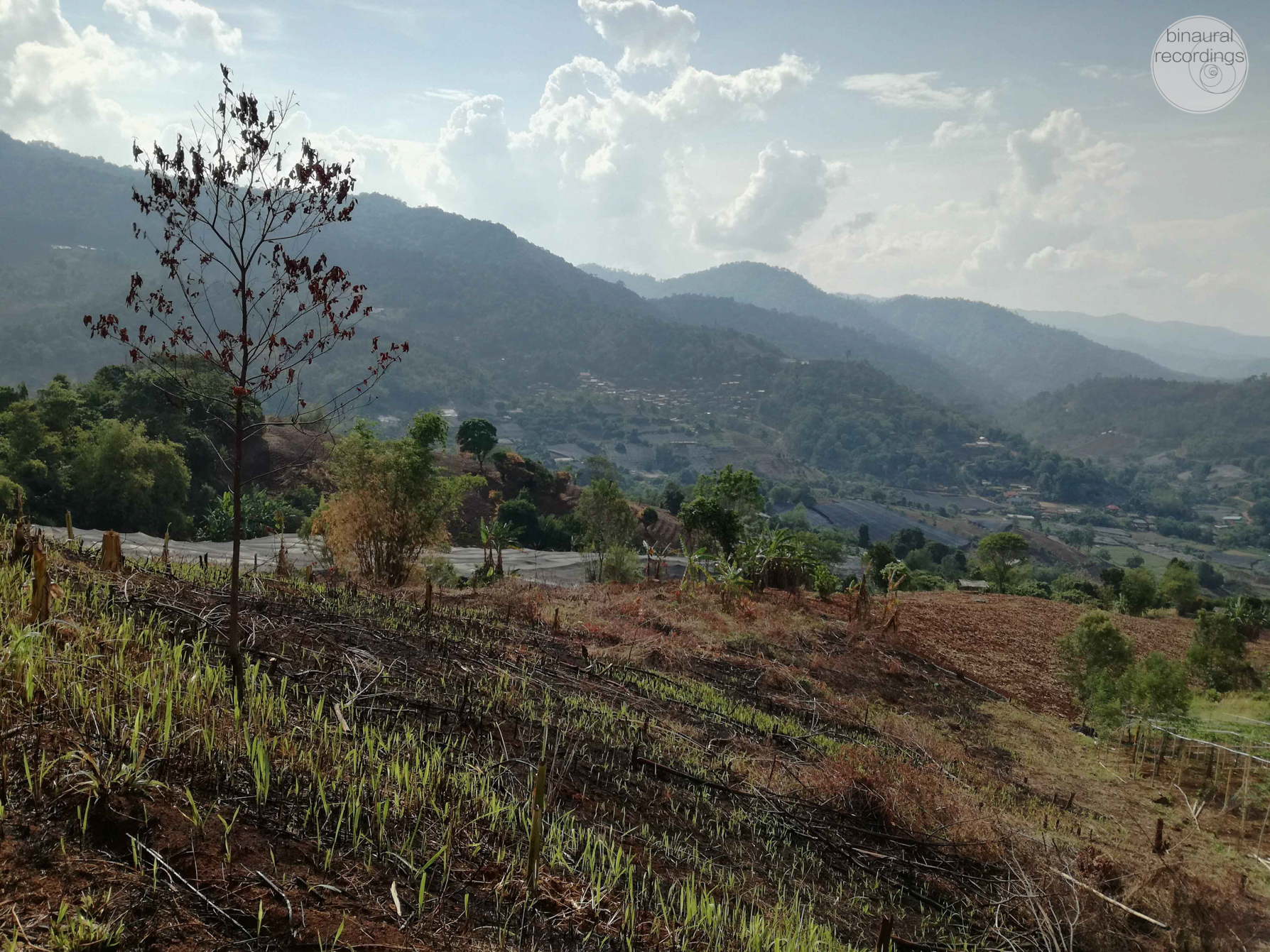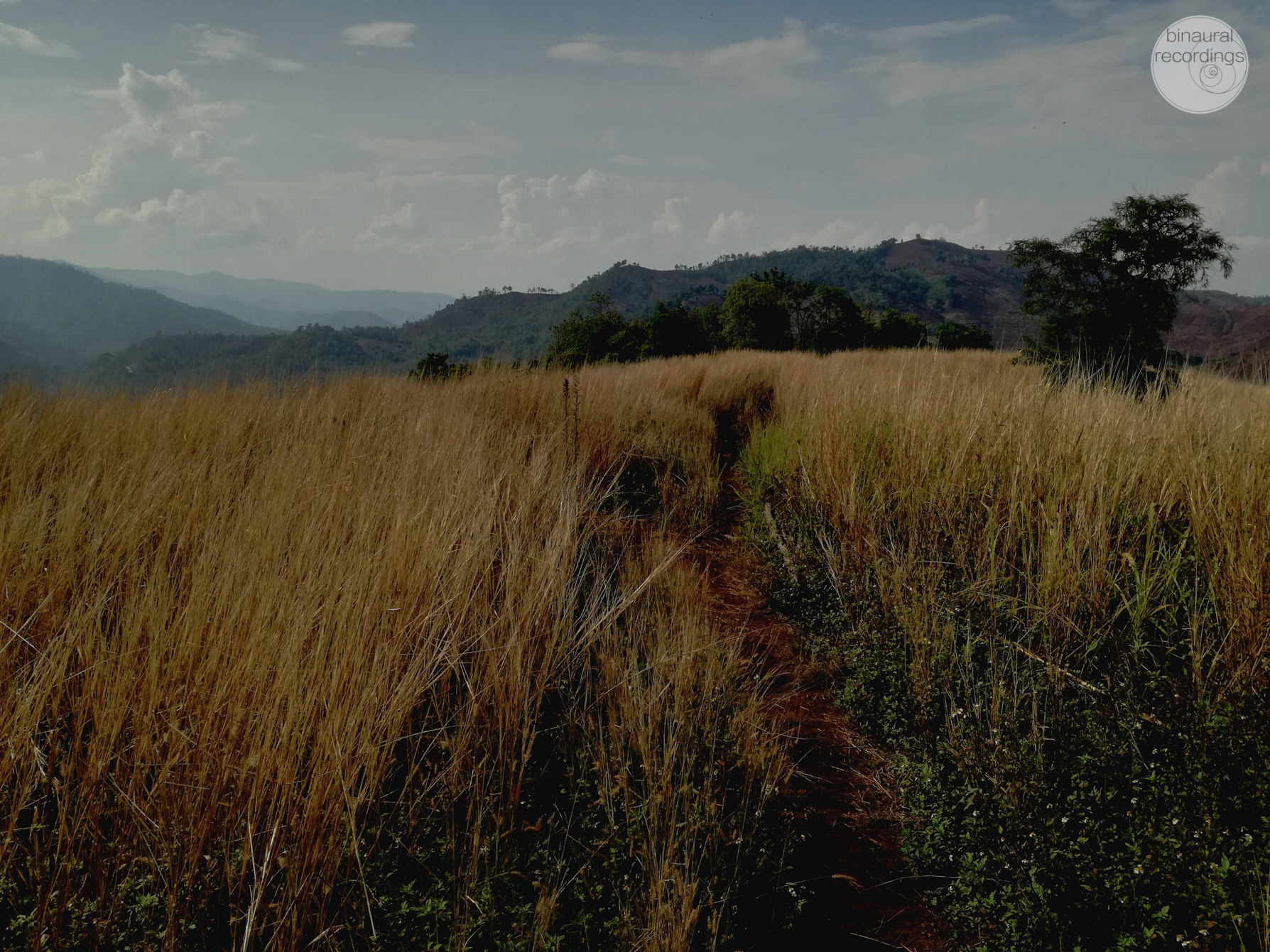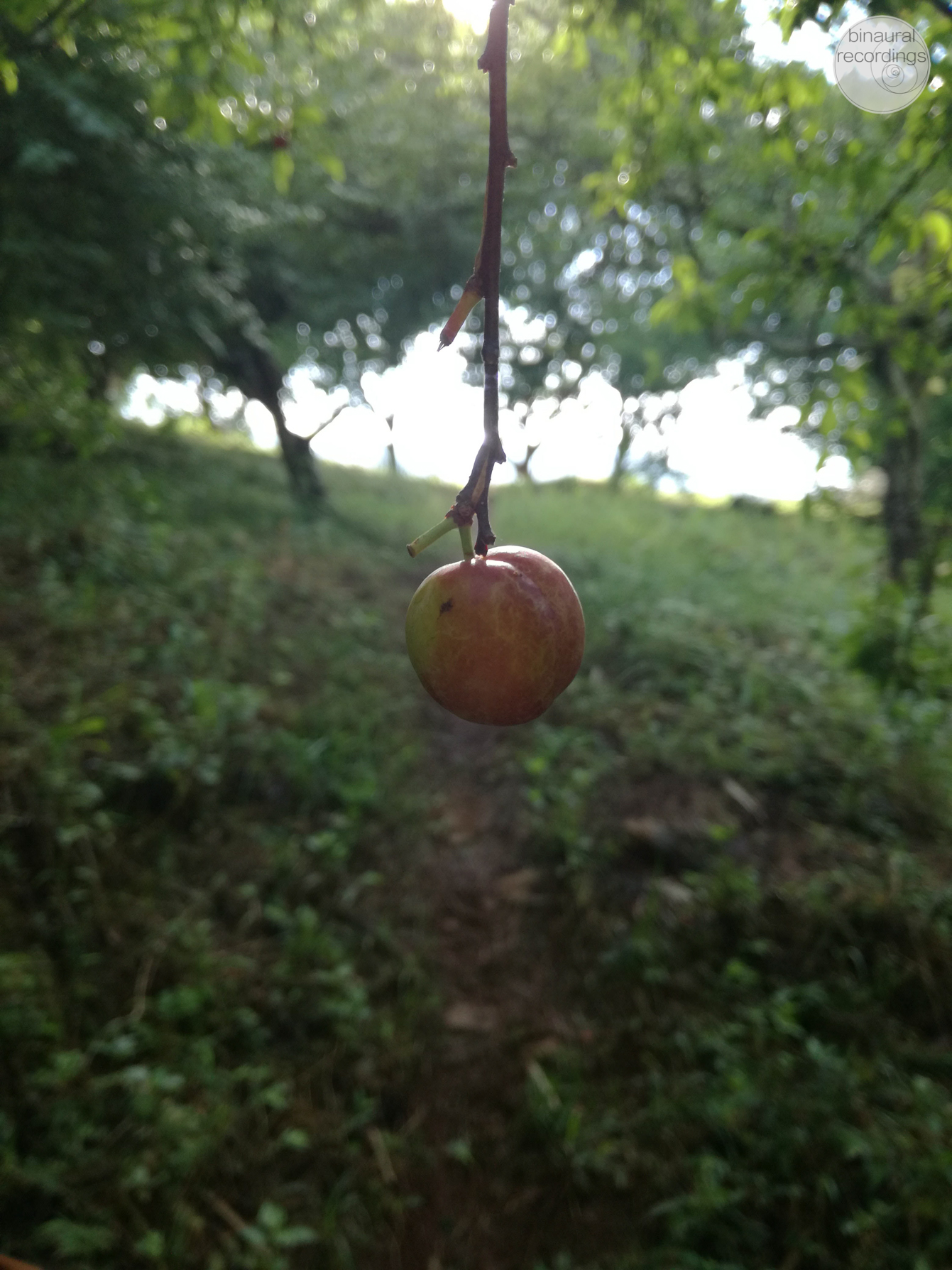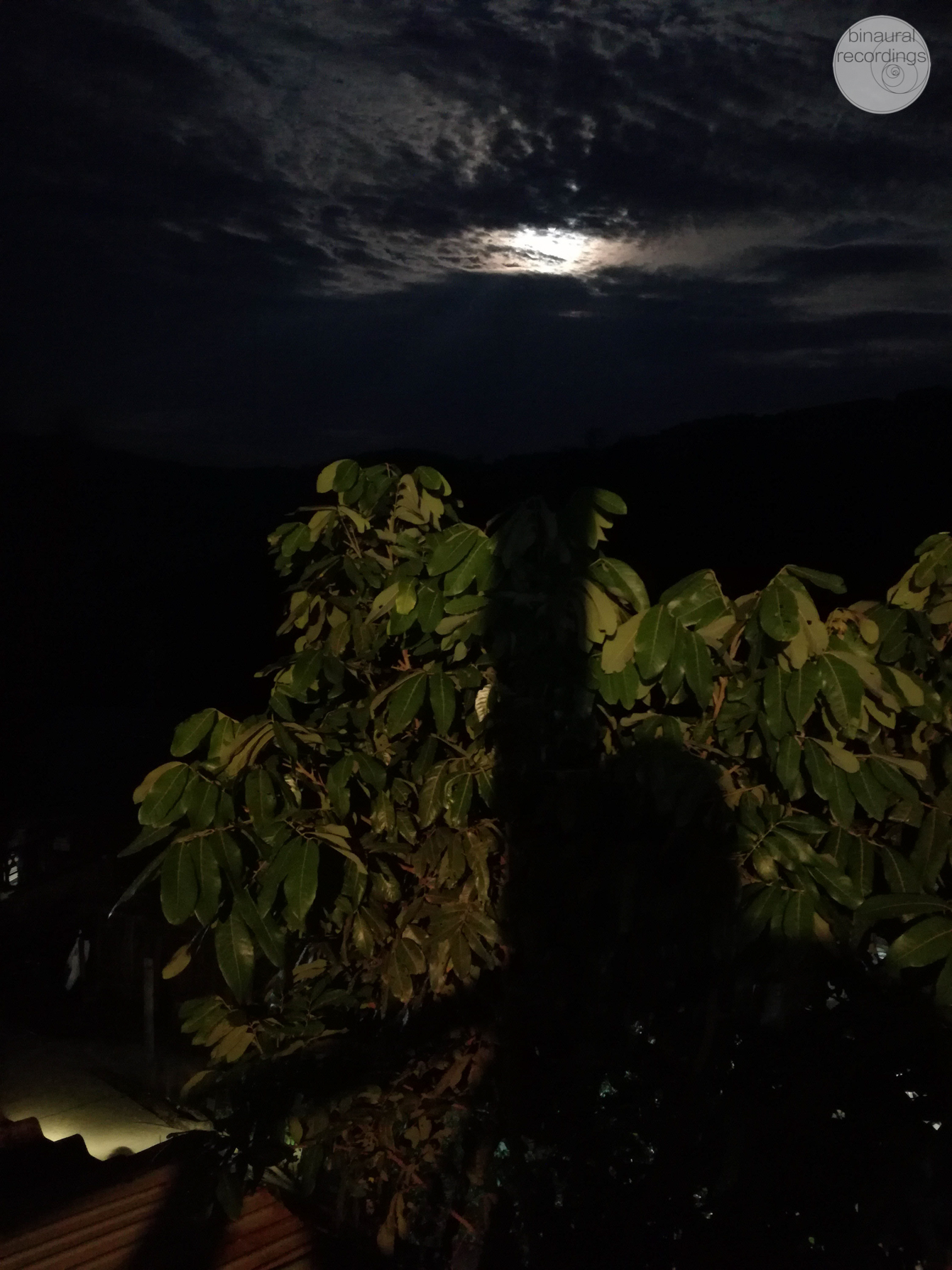This blog is also about listening. So please put on your headphones ?
HOW I GOT THERE
Before it I left the spacecraft (a subject for another blog) two friends insisted, that I have to visit the Lahu people on my way up to Chiang Rai. One of them had spent several months among them and knew the village mayor very well. He gave me his telephone number and assured me that in case I go, I would have a unique and unforgettable experience. So after some days, I decided to pay these people a visit. I contacted “Mr. Bond” (name changed), the mayor we agreed where to meet and next day I hit the road with not having a clue what to expect.
I was picked up by his 14 years old son Noima (name changed) on the main road who took me to the village on his motorbike. Mr. Bond had a guest house and the only restaurant in the village. The few outsiders I met there were participating in a multi-day course in the local Thai massage school. Apart from them and me, there were no other foreigners. I spent some very pleasant time with some of them, but let me talk more about the Lahu people.
Noimas English skills were far superior to those of the most Thai people and I was happy to have somebody to talk to, who could appease my curiosity a little. His father was also fluent in English, but he was a busy man as the mayor of two Lahu villages and one Thai village and I did not meet him a lot the following days.
THE HILL TRIBE LAHU

The Lahu people are a hill tribe which migrated some hundred years ago from Tibet to China, Laos, and Thailand. Noimas mother, Anna (name changed) told me, that they arrived at this area three hundred years ago. They are fugitives in Thailand, have a very strong commitment to their traditions, speak their own language and share everything. They are farmers and skilled hunters. They grow all kinds of crops and vegetables, mainly rice. I have seen papaya trees, bananas, coffee plants, coconuts, lychees, corn, have eaten their food with eggplants, potatoes, gourds, have drunk Lahu tee, have smoked their tobacco. Their village is located on a hillside, facing a valley, surrounded by hills. Their houses are made of bamboo, raised on thick wooden piles thatched mainly with corrugated metal sheets.
I have read that they have one of the most gender-equal social system in the world with an equal social standing of women and men, where both share household and take care of the children. This is also the impression I got. Anna is a proud woman with a strong personality and I enjoyed her company very much. Although she was always attentive and hospitable, she never patronized me. One time she pressed a guitar into my hands, so I played for her, another time we smoked hometown Lahu tobacco, which has a mild taste, contrary to the usual Thai-junk, rolled in different leaves than a banana, which I have seen elsewhere.
I also read that the children bear no family name, just a first name consisting of two parts, the first indicates whether the child is male (Ca) or female (Na), the second indicating sibling birth order or the animal of the 12-day cycle on which they were born. Their language sounds rough and proud to my ears, similar to Tibetan or Mongolian – Google says it is a Tibeto-Burman language.
The Lahu people I visited are considered Buddhists but have retained many elements from their original, animistic worship. They are deeply connected to their ancestors and nature. Their temple in the middle of the village had nothing in common with a Buddhist temple in Thailand. The first time I saw it, I didn’t know what it was; it looked like a middle-age gladiator arena, a circular atrium, a sacred space, enclosed by a fence of wooden posts. In the center of the circle, there was a sort of altar, where offerings are held. I also didn’t see any Buddha images or iconographies.
MUSIC AND DANCE

The first night I was lucky enough to witness a dance ceremony, the purpose of which could have been to honor the spirits of the dead ancestors or to receive blessings from the Gods, or something entirely different. Be that as it may, in the beginning, the villagers gathered inside the temple and most of them sat on the wooden benches around chatting or smoking. Then, an instrumentalist playing a naw (a free-reed mouth instrument with five horizontal bamboo pipes ending in a wind chamber made of a gourd) would start dancing in circles, dictating the meter and people would join in. The choreography of the dance was always determined by two alternating sequences of 3 steps, including a pause: Right front / Left front / Right front AND Left front / Right front / Left back, interrupted by an occasionally inserted, irregular sequence of three to seven steps. Everybody was performing every step with great determination, swaying on one foot preparing for the precise stamp to the ground for the following step.
Here a short audio sequence of the group dancing and the instrumentalist playing the naw:
From time to time a guy I call him THE MAN would join the dance next to the leading instrumentalist and would stimulate the group with exclamations and yells.
Here a short dancing sequence with the Lute player and THE MAN calling“Akiawe Kaaaaaa”

In order to get a better understanding of the music, I wrote down one possible sequence with the overlapping dance rhythm
THE MAN was also the one, who took me by the hand, encouraging me to dance with them, since I was too shy to join in. One week later, I watched a documentary, where a Lahu literally said:
“If you sit you are going to turn into a termite mound on the ground so you have to dance”
I am really grateful to him for that. This special event also reminded me of the principle message in Murakami’s book “Dance, Dance, Dance“, in the words of the Sheep Man:
“Dance,” said the Sheep Man. “You gotta dance. Dont even think why. Start to think, your feet stop. Your feet stop, we get stuck. We get stuck, you re stuck. So don’t pay any mind, no matter how dumb. You gotta keep the step. You gotta limber up. You gotta loosen what you bolted down. You gotta use all you got. We know you ‘re tired, tired and scared. Happens to everyone, okay ? Just dont let your feet stop.” (…) “Dancing is everything,” continued the Sheep Man “Dance in tip-top form. Dance so it all keeps spinning (…) .You gotta dance, as long as the music plays.”
– dance,dance,dance by Haruki Murakami
This book changed the way I see life and once upon a time I wrote a song about it, that I never finished. Here an excerpt to completely disturb and confuse you:
Back to the subject: One tradition of the Lahu people is leaf blowing. They blow on leaves to mimic animals, to make music or to communicate with each other over long distances, using different tunes with different meanings. There are several words in their language which have something to do with the leaf blowing, for example: “blow (e.g on a rolled-up leaf) so as to attract barking-deer by the noise (“blow for barking-deer”).
The vocal music of the Lahu people is beautiful. I loved to listen to the villagers, singing all day through and there were some great singers among them.
RECORDING AND OTHER STORIES

On the second day, strong wind, dark clouds, and distant thunders were signalizing an upcoming storm. I set up my tripod with the Ambeo (this is an ambisonic microphone) on top outside on my covered terrace and was looking forward to a nice tropical storm. The rain came suddenly and increased in intensity very fast. The little gutters at the side of the dirt road quickly filled up with water, which turned them into a turbulent descending river that started flooding the dirt road. I was forced to interrupt the recording because the storm grew too strong and I had to bring my gear inside. Totally absorbed in filming the event with my cell phone and at the same time chatting with a friend and sending her videos, I didn’t realize that a bunch of people were desperately trying to keep the channel open. As soon as I understood what was going on, I went to help them. The next 30 minutes flew by, with us struggling to take out the trunks, branches, junk, and rocks of the gutter, which were washed down the mountain by the heavy water masses. Soon afterward, a pipe got blocked by rocks and we were unable to unclog it, so we were making gateways to redirect the water away from the houses. Just as fast as everything started, so abruptly it came to an end. No one was hurt and there were no serious damages, apart from the junk spread all over the place. The locals liked me more after that.
Here is an impression of the rainfall before the sky fell on our heads:
In the night I went out to record and aside from the distant flashlights of the frog-hunters, I was alone with the insects and frogs:
The third day, I decided to go for a long walk. First, I took the main road and walked to the next Lahu village. I passed through it and felt once again like an alien (it looked like they rarely come into contact with foreigners). I continued my way on a path accenting the mountain. It started raining again and I found cover under some bamboos surrounded only by nature.
I was soaked wet but I absolutely wanted to record this. It was perfect! There were no humans nor human-made objects around. So I took my Ambeo out of my dry bag and held it on my hand, covering it with my body (wet cotton clothes = no audible), the cable going into the bag with the recorder. I was able to record for about two minutes before the wetness of the microphone became critical (I managed to perfect a similar technique in the previous months: When I don’t have a tripod or when I have to act fast, I just hold the microphone with a stretched arm over my head, like the statue of liberty and reduce all body functions to almost zero. I am able to stand still for about five minutes).
I like to imagine rain as a concert of hundreds of tiny drums, in which the drops are the impulse generators and the surface they hit on, the membrane of a drum. In that way, every drop triggers another sound, depending on what it brings into a swing. Thus, rain always resonates differently. I could in vain try to fool you, by offering you for example a rain recording, made next to a street, supposedly recorded in a forest. You would instantly recognize the typical sound of the impact of rain on asphalt … or on a window, a metal roof, a tent, on big leaves, small leaves, needles, on deep water, shallow water, on earth, mud, stones etc.
So here you have almost pure “rain on leaves”, just slightly distorted by the few close drops on my dry bag (damn plastic). Everything else is 100 percent rain on leaves (or is it the applause of an audience in a theatre?):
… but it doesn’t matter because the recording is not more than average. See? Not everything that LOOKS good, SOUNDS good.
After the rain, I continued my way crossing mountains, wide fields, some of them covered by different cut flowers, which the Lahu grow and sell in Chiang Mai, some of them burnt down to make them fertile before the next sowing season. I lost myself several times, made nice recordings of the valley on the top of the hills and came back exhausted but happy just before nightfall.
The next day in the morning I said goodbye to my new friends with a heavy heart, because my visa was expiring and I had to leave the country. But I will come back for the Lahu New Year, the most important time for them, in which celebrations and ceremonies take place lasting several days. And next time I will be prepared to record, produce and release an album with the music of these amazing people. I promise!
SCENES OF DAILY LIFE AND IMAGES
Lahu village, a man singing
I could continue telling you stories about a mangrove pit viper or the man with the most amazing sketchbook in the world but I better stop now.


